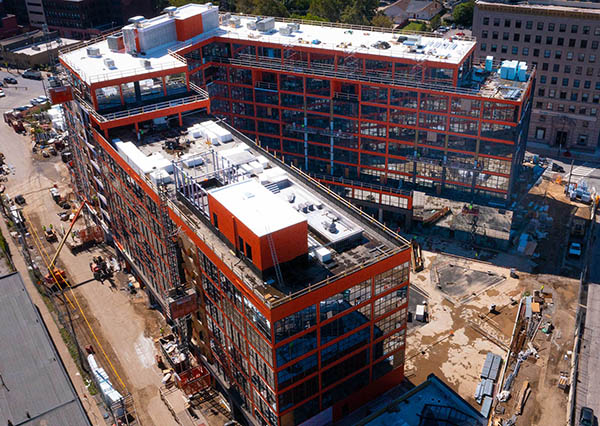
Concealed spaces—e.g., dropped ceilings or soffits—are common in light wood-frame and mass timber buildings. However, equally common are misunderstandings as to what requirements exist for their fire protection. Do all concealed spaces with combustible materials require sprinkler protection, fireblocking, compartmentalization, or other means of protection? What are the impacts of construction type and building occupancy? How are concealed spaces with heavy and mass timber elements treated differently than cavities in light-wood frame construction? Adding to the perplexity is the fact that some requirements come from the International Building Code (IBC) while others come from the NFPA 13 sprinkler standard. This webinar will address these questions and provide practical solutions and details for the protection of concealed spaces in multi-family and commercial wood construction.
By the end of the course, you will be able to do the following:
- Discuss code requirements for the use of sprinklers in commercial and multi-family buildings, highlighting the fact that sprinkler code requirements are independent of structural materials used.
- Review common methods of protecting combustible framing materials within concealed spaces in dropped ceilings and soffits.
- Highlight IBC and NFPA 13 requirements for the protection of wood joists, trusses and mass timber panels in concealed spaces.
- Explore the need for and application of fireblocking and draftstopping in concealed spaces and at the intersection of vertical and horizontal assemblies in multi-family and commercial projects.
